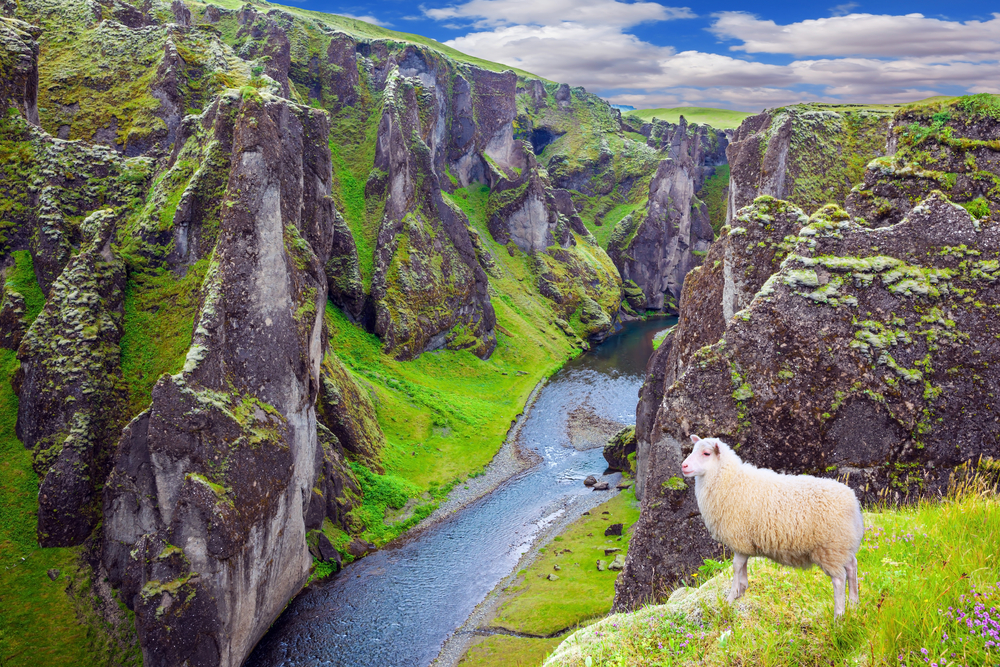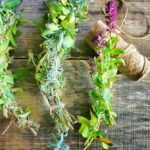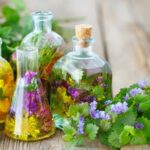If you visit the Nordic island country of Iceland, you might have a chance to enjoy the sight of the local sheep happily grazing away at the dense pastures. These Icelandic sheep are special to the country and its people. As a matter of fact, Iceland’s sheep population, at 800,000, is more than twice its human population. They have been around for more than a thousand years and are one of the few purebred sheep breeds found on Earth. These sheep, having the same ancestry as the Norwegian Spelsau, were brought to this country by the first settlers, the Vikings. They have been bred within Iceland for more than a thousand years. Being purebred in harsh climatic conditions have made the sheep strong and perfectly suited for the local weather. This also makes them excellent herbivores.

What Makes Them Special?
The Icelandic sheep and their lambs feed solely on wild grass. They are never fed hay, antibiotics, or any other supplements. The usage of hormones, toxins, and drugs for fast growth is completely prohibited. The import of sheep or their semen is strictly banned in Iceland. These measures are followed earnestly by the people to maintain the purity of the breed. Adult sheep live in the stables in the winter and are allowed to roam around freely in the surrounding highlands and enjoy the fresh grass in the summer. They are not flocking animals; hence they roam the grounds separately to munch on the pastures. The clean air and water, the availability of fresh, wild, local grasses, and the ample physical activity the Icelandic lamb get make them healthy and perfect as a meat source. The lambs are very healthy and normally weigh about 40 kgs (90 lbs) at five months of age. As they are free-roaming till the point of slaughter, Icelandic lamb can be considered as wild game. Icelandic sheep are known for their high ratio of meat produced per sheep.
Healthy Meat
Icelandic lambs are usually harvested in autumn when they are about four or five months old. Their meat is natural, healthy, fine grain, and delicious. The entire process of sheep rearing, from agriculture and sheep shelter to slaughter, is strictly regulated to be per the laws of the European Union.
Meat from Icelandic lambs contains almost half the quantity of Omega-3 fatty acids when compared to fatty fish such as tuna or cod. As they are completely grass-fed, their meat also has a high quantity of Conjugated Linoleic Acid (CLA) which is known to improve immunity, bone mass, and insulin regulation. CLA is also great for weight loss and to maintain the lean muscle body mass. Researchers have found that meat from grass-fed lambs, especially those feeding on highlands and hilly regions, contains almost double the quantity of CLA than their farm-raised counterparts. Icelandic lamb meat is a great source of vitamins such as B12, B1, B6, B2, biotin, choline, niacin, pantothenic acid, and folic acid. It is also an excellent source of micronutrients such as Zinc and Phosphorus.
Wool Production
Although the majority of the income of Icelandic sheep breeders comes from the meat, the wool obtained from the sheep is also quite famous. The outer layer, called Tog, is wavy or curly and is great for worsted spinning. The inner fiber, called Thel, is very soft, springy, and has a beautiful luster. The outer Tog is dense and waterproof and is used to make caps and coats. Thel and Tog are co-weaved to produce a thread called Lopi which is used to make indigenous Icelandic sweaters called Lopapeysa.
The Réttir Festival
The beginning of September brings the annual national festival of Réttir, a 300-year old traditional sheep roundup event. During this event, farmers, with the help of friends and family, gather the sheep on foot or horses from the valleys and highlands. After the gathering, they are identified by their earmarks and sorted. Post-sorting, the farmers and their guests share coffee and snacks while the children play with the lambs. It is usually a massive country-wide party, where everyone joins in for the fun, food, music, and community activities. Tourists are welcome during the festival to watch and take part in the Réttir activities.
There is a lot of physical activity involved in the gathering of the sheep. Hence, it is followed by an eventful night. Local picnic-like arrangements are made where everyone takes part in communal singing (Réttasöngur), drinking, and dancing at what they call a ‘Réttaball’. The festivities usually start in early September and continue all around Iceland until mid-October. You can visit any local Réttaball or contact a local family to join them in their Réttir celebrations and pet their cute, furry little lambs. If you can ride a horse, you might get a chance to help them with rounding up their sheep!
The food is also an essential part of Réttir. The sheep gathering is a reminder of the fresh, delicious lamb meat that will soon be available. The meat is used to make the traditional Icelandic lamb soup (Kjötsúpa), lamb hot dogs, and lamb chops. Some specialties made from the lambs are the lamb heads (Svið) and liver sausage (Slátur).
If you are planning a trip to Iceland, don’t forget to try the native lamb delicacies! You will not find such healthy lamb meat and the scrumptious recipes anywhere else in the world. After all, the seriousness of the Icelanders regarding their sheep is well-deserved.
Did you know that eating an Icelandic diet can help with preventing seasonal depression? Read more here.








Leave A Reply!